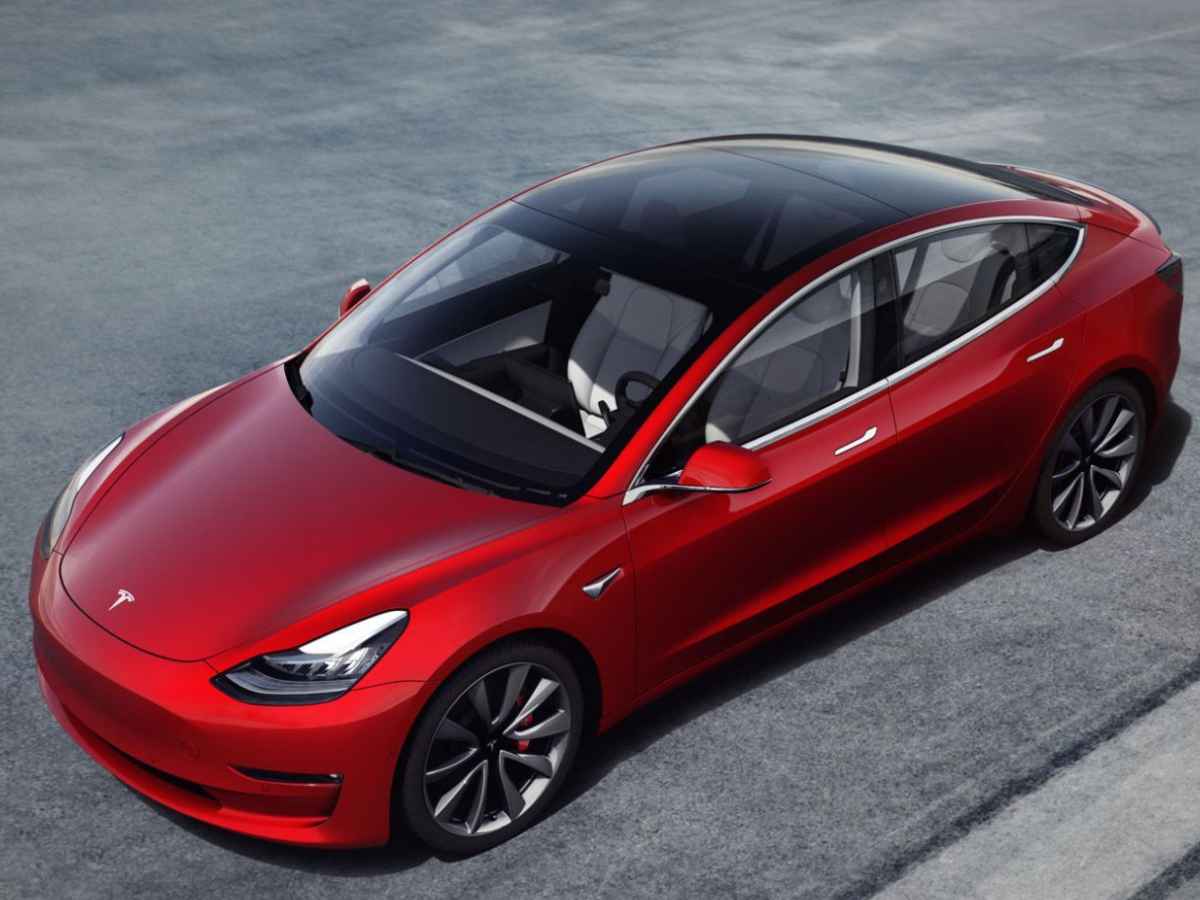Electric models, especially Teslas, offer significant monthly savings compared to traditional gasoline vehicles, according to a new analysis based on official U.S. data.
The debate between electric and gasoline-powered cars is no longer just about the environment. It’s also about your wallet. A new report comparing the cost of driving Tesla models with a traditional gasoline car—specifically the Toyota Camry, the best-selling sedan in the U.S.—sheds light on the economic side of going electric. Using electricity and gasoline rates from the U.S. Energy Information Administration (EIA), the study estimates the monthly driving expenses for each vehicle over a standard 100-mile daily commute. The verdict? Tesla drivers are saving hundreds each month.
Charging costs vs. fuel: a $247 monthly difference
According to the analysis by GoBankingRates, and using the national average rates of $0.16 per kilowatt-hour for electricity and $3.90 per gallon for gasoline, the study estimated driving costs for four Tesla models versus the Toyota Camry. Each vehicle was assumed to travel about 160 kilometers per day. Here’s what the numbers show:
- Toyota Camry: $371 per month
- Tesla Model 3: $124 per month (saving $247)
- Tesla Model S: $136 per month (saving $235)
- Tesla Model Y: $136 per month (saving $235)
- Tesla Model X: $162 per month (saving $209)
That’s a substantial difference in operating costs, particularly for those who drive daily. And while factors like driving habits, climate, and electricity rates in your state can influence the total, the trend is clear.
Why are Teslas cheaper to drive?
The key lies in the cost of energy. Electricity remains significantly cheaper than gasoline per mile, and Teslas—along with most electric vehicles—are more efficient at converting stored energy into motion. On top of that, Teslas can be charged at home during off-peak hours, reducing costs even further.
There’s also the matter of maintenance. Electric cars have fewer moving parts, which often translates into fewer visits to the mechanic and lower overall upkeep. However, there’s a catch: Tesla repairs and insurance tend to be more expensive, due to the high-tech components and repair network.
Is switching to a Tesla worth it?
It depends. While monthly savings on energy and maintenance are evident, the initial cost of a Tesla can still be prohibitive for many drivers. Insurance premiums also tend to be higher. Experts recommend weighing the total cost of ownership: purchase price, insurance, maintenance, depreciation, and, finally, fuel or charging costs.
Going electric isn’t just a trend—it’s a financial calculation. And with electricity still beating gasoline in terms of price per mile, it’s a calculation more and more drivers are willing to make.

